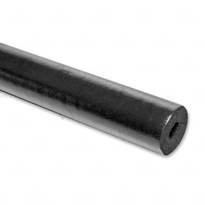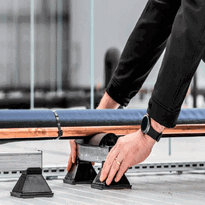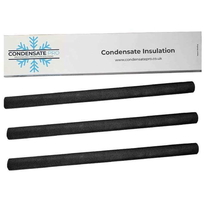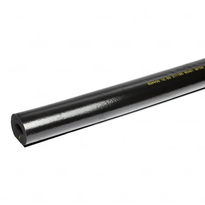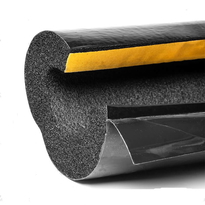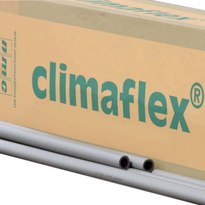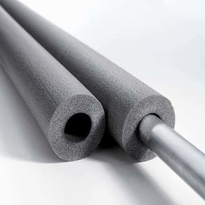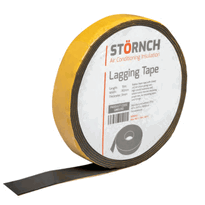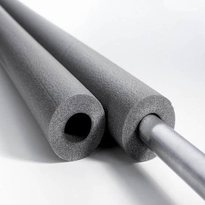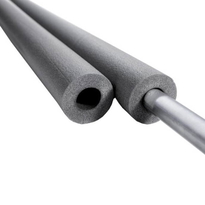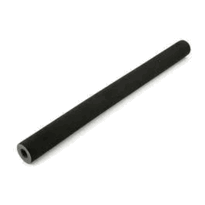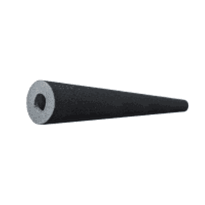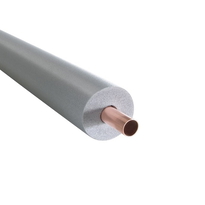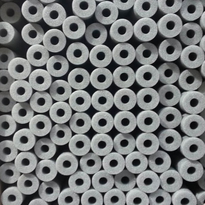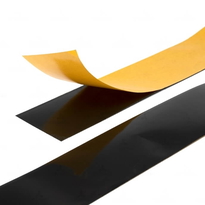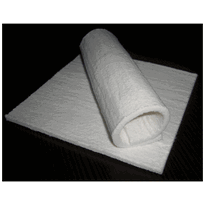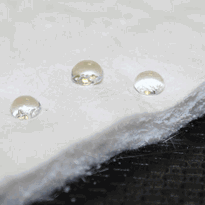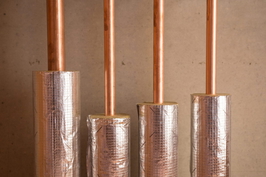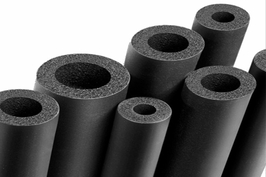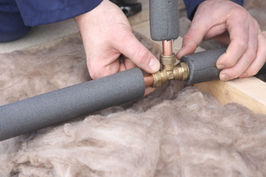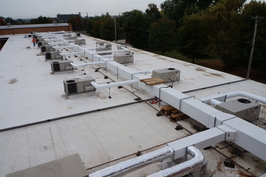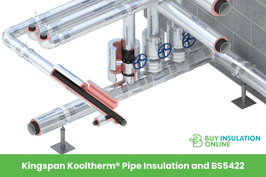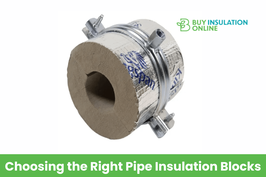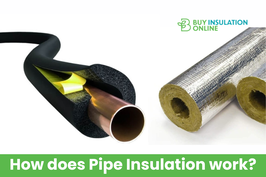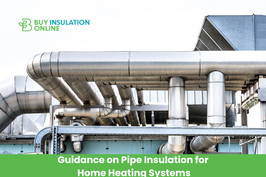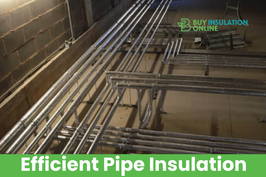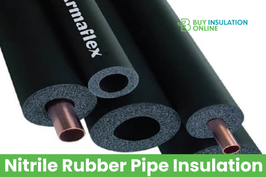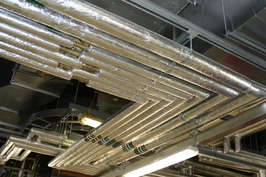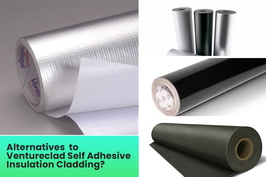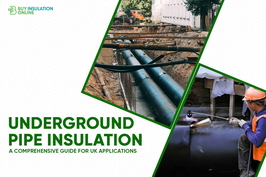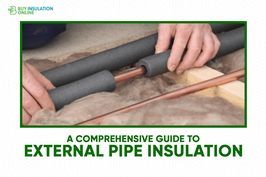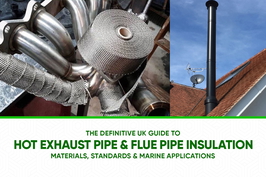Insulated Outdoor Pipe Covers
Insulated outdoor pipe covers are vital components designed to shield pipes from environmental influences such as temperature variations, moisture, and weather conditions. They commonly incorporate materials like mineral wool, foam elastomers, or polyurethane foams, which deliver thermal resistance, a moisture barrier, and enduring durability. Such features help minimize heat loss, prevent freezing, and extend the lifespan of the pipes.
Proper installation is critical and involves accurate measurements, sealing all seams effectively, and ensuring the covers are securely fixed to withstand UV exposure and strong winds. When selecting materials, considerations include thermal performance, resistance to moisture, and compatibility with external conditions to ensure long-term effectiveness.
Maintenance involves regular inspections for any signs of damage or deterioration, prompt repairs of any compromised sections, and ensuring sealants remain intact. Adopting these best practices will optimize the performance and lifespan of the insulated pipe covers, offering reliable protection throughout the year.
Types of Insulation Materials Suitable for Outdoor Pipes
Selecting the appropriate insulation material for outdoor pipes involves assessing various options based on their thermal properties, durability, resilience to environmental conditions, and specific application requirements. Mineral wool insulation, made from inorganic mineral fibres bonded with organic binders, is well-suited for high-temperature industrial settings. It offers excellent fire performance and maintains durability under extreme temperature fluctuations, making it ideal for industrial applications where safety and reliability are paramount. Mineral wool can withstand exposure to weather elements and mechanical stresses without significant degradation. Flexible elastomeric foam, produced from closed-cell rubber such as NBR (Nitrile Butadiene Rubber) or EPDM (Ethylene Propylene Diene Monomer), resists water vapour ingress, thereby preventing condensation. Its flexibility allows it to conform easily to irregular pipe shapes, making it a popular choice for refrigeration systems and HVAC installations. Polyurethane and polyisocyanurate foams provide high thermal resistance and are resistant to moisture ingress. These lightweight materials are frequently employed in refrigeration, petrochemical industries, and applications where space-saving insulation with reliable performance is required. Foam glass offers excellent resistance to moisture and fire, making it suitable for cryogenic applications and cold storage facilities where maintaining low temperatures and fire safety are critical considerations. Additionally, some cost-effective insulation options can also be suitable for specific outdoor environments, balancing performance with budget constraints.
Benefits of Using Insulated Pipe Covers in Various Settings
Insulated pipe covers offer numerous advantages across various settings by boosting energy efficiency, safeguarding piping infrastructure, and enhancing overall safety and comfort. In residential and commercial environments, they minimise heat loss from hot water pipes, leading to reduced energy consumption and significant cost savings—typically between 10% and 20%. These covers also serve to protect pipes from freezing during cold weather, preventing costly bursts and water damage. Proper insulation prevents heat transfer from pipes to the environment, which is essential in maintaining consistent indoor temperatures. By maintaining consistent pipe temperatures, they help extend the lifespan of plumbing systems. Furthermore, insulated pipe covers promote safety by reducing the risk of contact with hot surfaces, which can cause burns. They also dampen noise caused by water flow or vibrations, contributing to a quieter and safer environment. Environmentally, insulating pipes reduces energy requirements and conserves water by decreasing delays in hot water delivery.
Key Factors to Consider When Installing Outdoor Pipe Insulation
Ensuring a successful outdoor pipe insulation installation begins with careful measurement and thorough pipe preparation, as these initial steps directly influence the effectiveness and durability of the insulation system. Accurate measurement of pipe diameter ensures the correct insulation size matches the pipe’s circumference, while calculating the total length guarantees enough material is available.
Prior to installation, pipes must be cleaned thoroughly, removing dust, debris, and moisture to promote optimal adhesion. Marking cut points on the insulation material allows for precise fitting, especially around bends, fittings, or joints.
For bends such as 90-degree elbows, cuts should be made at approximately 45°, ensuring the insulation can be fitted snugly. It’s important that the ends of the insulation are joined tightly to prevent gaps that could compromise insulation performance.
Sealing seams with an appropriate adhesive or tape and securing the insulation with suitable fasteners will prevent heat loss and minimize movement. Proper sealing of insulation joins is essential for maintaining these measures, which help maintain the integrity of the insulation against weather conditions and temperature variations, ultimately ensuring long-lasting performance and efficiency in outdoor environments. Additionally, considering environmental factors like wind, rain, and UV exposure during installation can extend the lifespan of the insulation and improve its overall performance.
Practical Applications and Performance Expectations
Practical applications of outdoor pipe covers are essential across a wide range of environments where maintaining the integrity and efficiency of piping systems is critical. These covers work efficiently to regulate temperature, reduce energy loss, and help prolong the lifespan of pipes by safeguarding against moisture, corrosion, and the effects of adverse weather conditions.
In domestic settings, such as residential piping, outdoor pipe covers enhance hot water delivery, ensuring quicker supply and reducing energy consumption, which translates into lower heating costs. In industrial contexts, they support thermal stability and operational reliability, ultimately contributing to reduced maintenance costs and improved efficiency. Additionally, appropriate insulation plays a safety role by protecting workers from contact with excessively hot or cold surfaces, as well as minimising risks associated with condensation, such as slips and falls.
The following table provides a clear overview of the primary applications, benefits, and typical environments for outdoor pipe covers:
Application |
Benefits |
Environment |
| Residential piping | Energy efficiency, improved comfort | Homes, flats |
| Industrial systems | Enhanced reliability, cost savings | Manufacturing plants |
| Outdoor infrastructure | Corrosion resistance, extended longevity | Public utility networks |
Conclusion
Proper selection and installation of insulated outdoor pipe covers are essential to ensure enhanced thermal performance and prevent heat loss or pipe freezing. By understanding the various insulation materials, evaluating their benefits, and considering key factors such as environmental conditions and durability, users can improve pipe longevity and efficiency. Adhering to technical guidelines for installation and application guarantees reliable protection across different settings, contributing to energy conservation and reducing maintenance costs through effective insulation practices.
